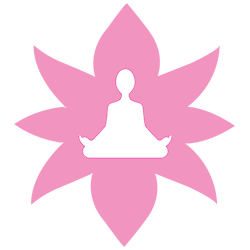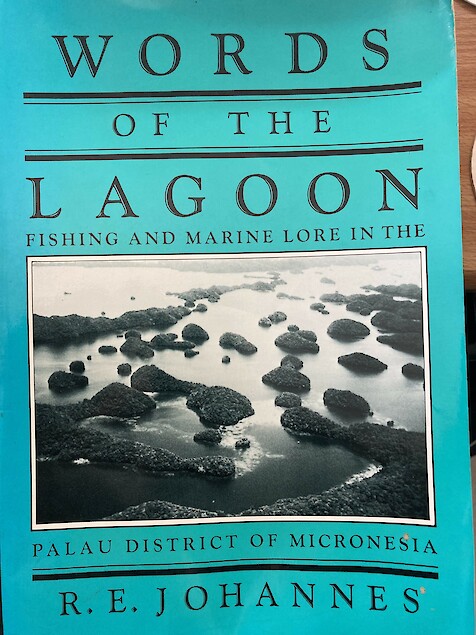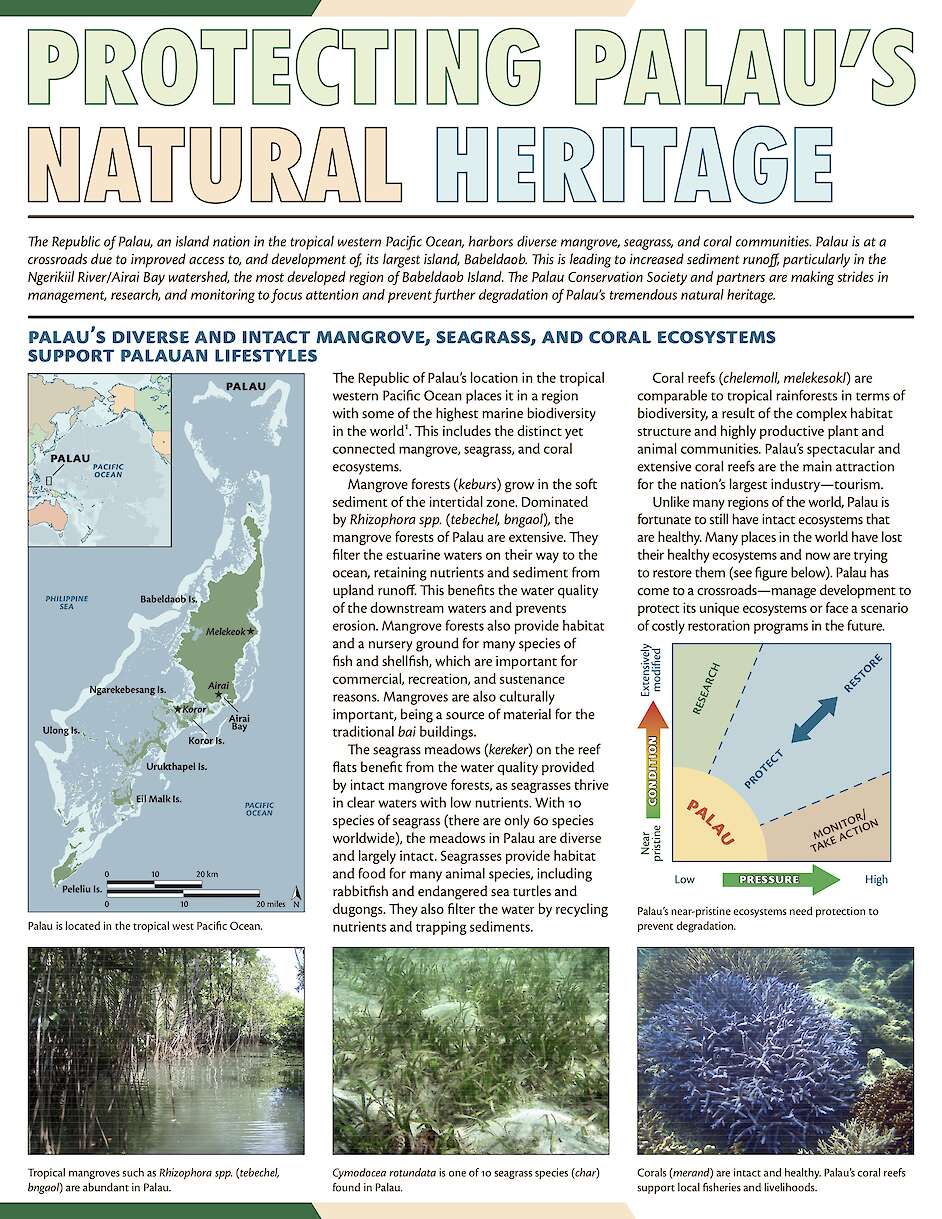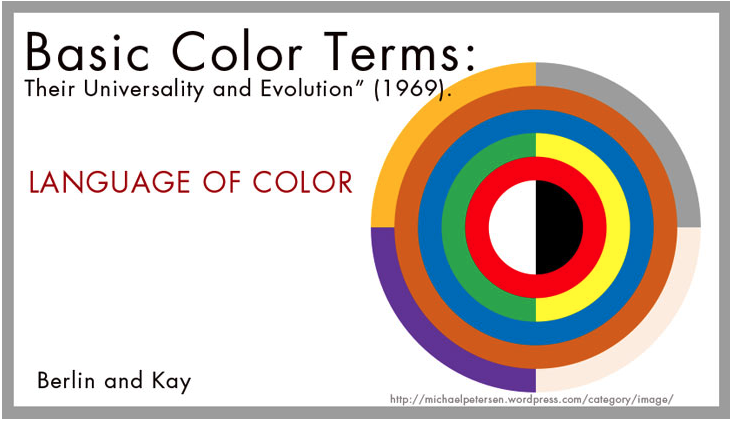The Mental Yoga of Environment & Society
Bill Dennison ·
Yoga is an ancient practice of combining mediation with exercise. Yoga is a sanskrit word (yuj) meaning ‘union’ or ‘to join’, which is what our Environment & Society course is attempting to do—making the union between natural and social science. Yoga is about connecting mind, body and spirit, not unlike the connections in coupled human and natural systems. A further distinction of yoga is ‘jnana yoga’, defined as the path of the scholar to achieve wisdom and developing the intellect through study. What we are finding when we explore different perspectives on coupled human and natural systems is that we need to employ jnana yoga, as we twist, turn and pivot our brains to different viewpoints.
Our guest lecturer, Dr. Jen Shaffer from the Department of Anthropology, University of Maryland, provided an introduction to ethnographic approaches and knowledge integration.
The readings that she assigned were both globally and conceptually diverse. The Early-Capistran et al. (2020) paper was about employing local environmental knowledge (LEK) to better understand and manage long lived green sea turtles in Baja California, Mexico. The Goldman (2007) paper was about utilizing indigenous knowledge by Maasai in Tanzania, Africa to track wildebeest for conservation purposes. The Delevaux et al. (2018) paper was about the ridge to reef resource management approach taken by native Hawaiians. In all these examples, scientific knowledge was contrasted to indigenous knowledge (IK), local environmental knowledge (LEK), and traditional environmental knowledge (TEK). In the Chesapeake experience, watermen from European ancestors, have local environmental knowledge, but they are not indigenous people.

These readings reminded me of one of my favorite books; “Words of the Lagoon” written by Bob Johannes in 1981. Bob was a tropical marine ecologist who pioneered marine conservation approaches that utilize traditional ecological knowledge (TEK). Bob worked closely with some of my friends and colleagues in Australia. He spent considerable time in Palau, a Micronesian archipelago, where he interviewed fishers in the mid 1970s. Bob was a good listener and “Words of the Lagoon” compared the traditional knowledge relayed to him by Palau fishers with the western scientific knowledge. Where there was overlap, the TEK was borne out by western science, but the TEK was much more comprehensive than western science. It is worth noting that Palau is the site of the world’s first marine protected area and when I visited Palau in 2007 to work with the Palau Conservation Society, I was struck by the incredible marine biodiversity, including large populations of reef sharks.

Jen referred to a paper by her Department of Anthropology colleague Dr. Yancey Orr about dogs in Bali, Indonesia. Orr found that Hindus and Muslims had differing abilities to discern dogs with rabies, which he attributed to the Muslim taboo on interactions with dogs. Muslims were less familiar with dog barking and thus less able to discern a sick, rabid dog. Jen mentioned during our discussion that dogs were the first domesticated animal roughly 14,000 years ago. I was surprised to learn that dogs and even cats (roughly 7,500 years ago) were domesticated well before farm animals.

Jen provided a pre-recorded lecture, which I found to be wide-ranging and very engaging. One of the topics that she covered was the linguistic component to anthropology. Jen had studied under Brent Berlin who collaborated with Paul Kay to write a book “Basic Color Terms: Their Universality and Evolution” (1969). This book provided an important counter argument to the prevailing theory of linguistic relativity. Berlin and Kay showed a fundamental universality of the discernment of colors by investigating color terms in 98 different languages. Beyond the distinction between dark and light, the next color that is discerned is red. Berlin and Kay surmise that red represents danger (fire, blood) and Jen pointed out the red is a Sinskrit word (rudhira) for blood. Jen also provided an insight into how Berlin and Kay obtained their data by sending paint swatches to missionaries and Peace Corps volunteers throughout the world.
On reflection, one of the reasons that I so enjoy teaching Environment & Society is the mental yoga that is provided by excellent guest lecturers, diverse readings and wide-ranging discussions. It is a great form of mental exercise.
References:
Berlin, B. and P. Kay. 1969. Basic Color Terms: Their Universality and Evolution. Univ. of California Press, Berkelely, CA USA.
Delevaux, J.M.S.; Winter, K.B.; Jupiter, S.D.; Blaich-Vaughan, M.; Stamoulis, K.A.; Bremer, L.L.; Burnett, K.; Garrod, P.; Troller, J.L.; Ticktin, T. Linking Land and Sea through Collaborative Research to Inform Contemporary applications of Traditional Resource Management in Hawai‘i. Sustainability 2018, 10, 3147. https://doi-org.proxy-um.researchport.umd.edu/10.3390/su10093147
Early-Capistrán M, Solana-Arellano E, Abreu-Grobois FA, Narchi NE, Garibay-Melo G, Seminoff JA, Koch V, Saenz-Arroyo A. 2020. Quantifying local ecological knowledge to model historical abundance of long-lived, heavily-exploited fauna. PeerJ 8:e9494https://doi.org/10.7717/peerj.9494
Goldman, M. Tracking wildebeest, locating knowledge: Maasai and conservation biology understandings of wildebeest behavior in Northern Tanzania. Environment and Planning D: Society and Space 2007, 25, 307-331.
Johannes, R.E. Words of the Lagoon.1981. Univ. of California Press, Berkeley, CA, USA. 245 pp.
About the author
Bill Dennison

Dr. Bill Dennison is a Professor of Marine Science and Vice President for Science Application at the University of Maryland Center for Environmental Science.
Next Post > My Introduction to Chesapeake Bay
Comments
-
Nick 4 years ago
Dr. Dennison,
Thoroughly enjoyed your blog that you have written. I liked your opening about using mental yoga to contort our minds in way we can understand different perspectives. One of the things I took from Jen's lecture was the two types of cultural heritage. One being tangible, such as buildings, artifacts; and the other being intangible, things you are able to record but can't store in physical form. Examples of that would be music, dancing and stories. It was interesting to hear, how intangible heritage is starting to see a decline, since there is a loss in speaking the native tongue or interacting with the elders. I like how she links the loss in intangible heritage to globalization of the markets. -
Nicole Holmes 4 years ago
Dr. Dennison,
Yes! We finally get to hear about mental yoga in a real and interesting context! I feel that this class not only has us perform mental yoga, but in that actually makes us more flexible in our views and partnerships with other fields of science. I feel the more we are guided to stretch and expose ourselves to the many complications of the world, the more we reach for them, in the context of this course. I sometimes find myself overwhelmed with everything I've learned from our few short readings every week, but it feels better than any full body workout I've ever done! All that to say, thank you for overwhelming me each week, and please keep it coming. I want to be a Yogi one day too!
-
Yanyu Wang 4 years ago
Dr. Dennison, thank you so much for writing this thoughtful blog which connects both class material and also the story in Palau. I heard about the amazing scenery in Palau and now connect it with the comprehensive TEK by local people. I immersed myself into weekly readings and learned a lot about social sciences which I was scarcely exposed before. I hope to train myself under both natural and social science to seek better application used in my research in the future, looking forward more mental yoga!
-
Matthew Kusche 4 years ago
Dr. Dennison,
I found this blog very interesting in regard to how you talk about the different types of knowledge vs. scientific knowledge. In particular your experience in Palau sounds very interesting! I like how you discussed more on Dr. Shaffer's readings and how they supported the idea of this local knowledge. Overall, great job!
-
Matthew Kusche 4 years ago
Dr. Dennison,
I found this blog very interesting in regard to how you talk about the different types of knowledge vs. scientific knowledge. In particular your experience in Palau sounds very interesting! I like how you discussed more on Dr. Shaffer's readings and how they supported the idea of this local knowledge. Overall, great job!
-
Matthew Kusche 4 years ago
Dr. Dennison,
I found this blog very interesting in regard to how you talk about the different types of knowledge vs. scientific knowledge. In particular your experience in Palau sounds very interesting! I like how you discussed more on Dr. Shaffer's readings and how they supported the idea of this local knowledge. Overall, great job!
-
Shuyu Jin 4 years ago
Hi Bill, I appreciate your analogy between mental yoga and our course. Indeed, I agree that the essence of both is the same. It reminds me of the original intention of our Environment & Society Foundation. Perhaps, on the one hand, it is to train students' ability to twist, turn and pivot physical and social sciences. As students, we are experiencing the weekly yoga training; this course will definitely bring us more feelings at the end of the semester. Thank you!
-
Barry Bowman 4 years ago
Dr. Dennison,
I think this concept of mental yoga is very applicable to how research topics can be approached. One discipline does not hold all the knowledge, and we grow as researchers when we explore different perspectives or ways of thinking. Since returning to grad school, I have learned so much about topics I didn't think were related, such as anthropology. My perceptions have definitely shifted, and I think more about the implications of research for communities that may seem unrelated. I look forward to challenging my perceptions more!
I also found Dr. Shaffer's summary about development of color terms very interesting. I wonder if these terms, like "red" for blood, could be interpreted as referring to something as "blood-colored", because it is more generally recognizable than referring to materials used to make certain dyes.
In the context of coupled human and natural systems, understanding native terms for consumptive and non-consumptive species could potentially provide some insight into their historical and cultural interactions with nature. -
Imani Black 4 years ago
I liked your connections between yoga, the lecture, your personal connections and the class in general. I've really enjoyed learning and expanding my thoughts on the connection between environment and society.
-
Jana Hana Kopelent-Rehak 4 years ago
Dear Bill, Over the last 7 + years I made yoga a regular part of my day and the practicing has become a cleansing ritual, for my body and mind. Originally, I started at JHU gym classes as it helps me with managing my asthma. Over time, I discovered that yoga not only helps me to monitor the overall regularity of my breathing, the balance between in and out air, but I also noticed that yoga generates flow between mind and body in a holistic sense. I learned a lot from good teachers about the safe practice at the JHU gym, which was critical. Yet, the biggest lesson for me was to realize, first even when I did feel like doing yoga sometimes and went with it anyway, during the practicing something changed. In the process, that was not always fun early on, old hidden issues come up to the front and sometimes even painful emotional memories. Yet, I would stay committed and noticed that at the end of class, my memory pain was gone and I would feel that all heavy feelings are gone, lighter like after swimming. There is one theory of ritual in Anthropology, described as the process by Vicor Turner, and closely related to this described experience. Presenting the ritual processes transformative journey, Turner sees any ritual to be time "between" ordinary times, a practice during which participant may feel pain, hunger or solitude, that may lead to letting go - losing oneself and in such symbolic " dead" or nearness to dead one is transformed during a ritual. Coming out as a new and different person, we may feel changed or transformed. This may sound like a dramatic version, but with years of yoga, I am always aware of this effect. Learning new twisting, not only brings overall realization about unexpected views "from window" but also allows for a stretch that expands internal boundaries we establish. But this comes only with regular practice - like when playing an instrument and in-process "Magic" sparks even if just for short time. I better stop now.

